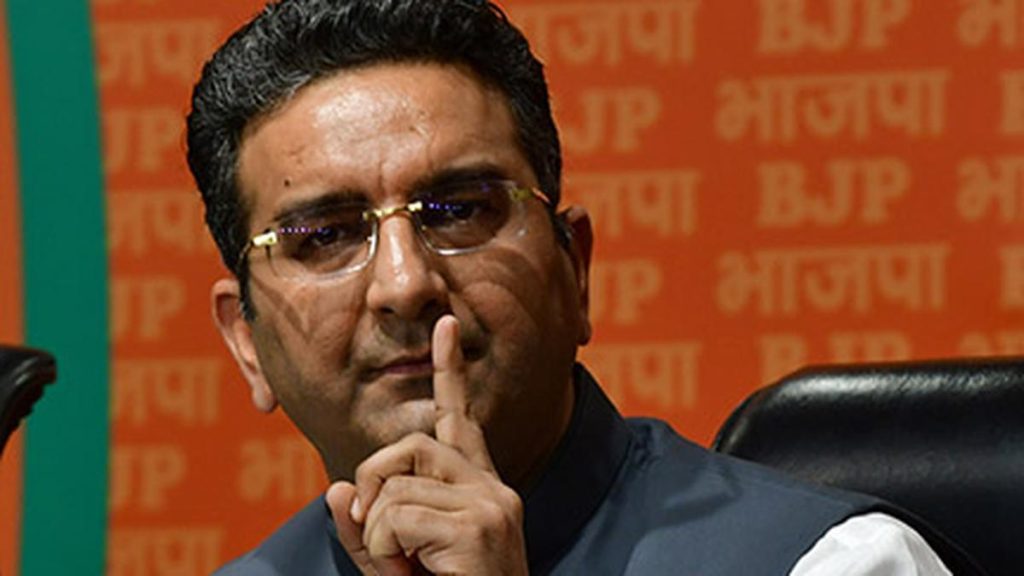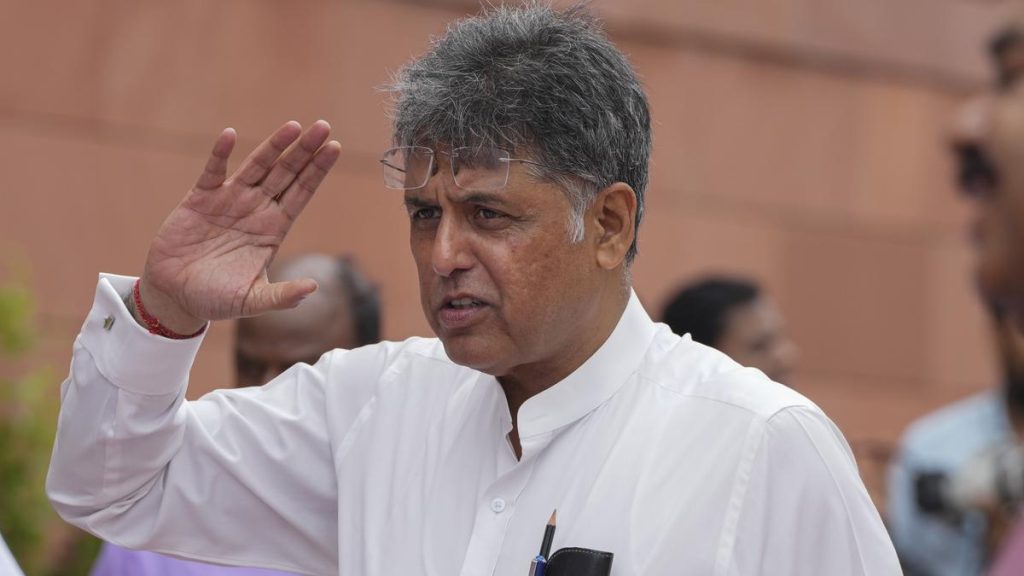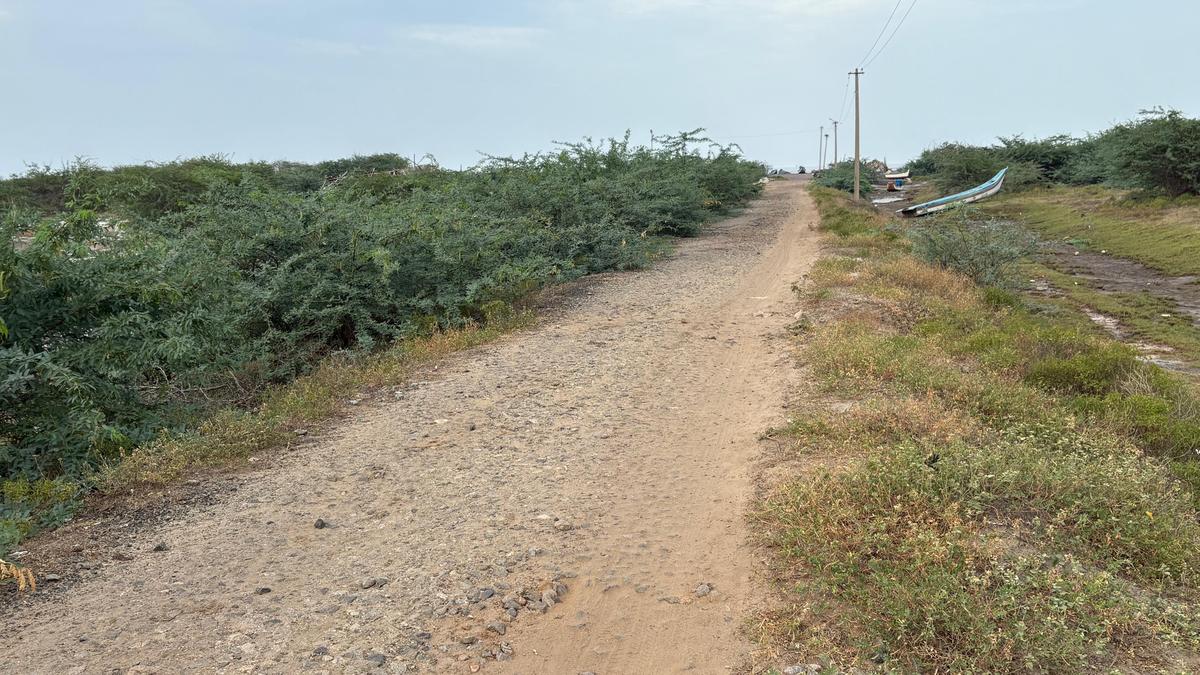Now Reading: AIDSO Criticizes State Govt’s Proposal to Lower SSLC, II PU Pass Marks
-
01
AIDSO Criticizes State Govt’s Proposal to Lower SSLC, II PU Pass Marks
AIDSO Criticizes State Govt’s Proposal to Lower SSLC, II PU Pass Marks

Quick Summary
- the State government has reportedly proposed reducing the pass percentage for SSLC and II PU examinations to 33%, drawing criticism from various stakeholders.
- The Mysuru district unit of AIDSO (All India Democratic Students’ Organisation) opposed the move, stating it would compromise education quality and adversely affect students, especially in rural and government schools.
- AIDSO highlighted systemic issues such as:
– Lack of foundational learning due to the No Detention Policy until Class 9.
– Overburdened teachers engaged in non-academic duties with insufficient support or training.
– Over 50,000 vacant teaching and non-teaching posts in government schools.
– Inadequate school infrastructure across many regions.
- Concerns raised include deterioration of education standards leading to competitive disadvantages for students from marginalized backgrounds when facing entrance exams or entering job markets.
- AIDSO demanded immediate withdrawal of the proposal while urging stronger infrastructural improvements, filling vacant posts, teacher training programs, reduced non-academic workload for educators, and enhanced foundational learning measures.
Indian Opinion Analysis
The debate over lowering pass percentages reflects deep-seated issues within India’s educational system.While easing examination thresholds might appear beneficial for improving overall pass rates on paper, critics argue that this approach sidesteps more foundational problems like inadequate infrastructure and unfilled teaching positions. As highlighted by AIDSO’s concerns regarding rural schools and marginalized communities, such measures risk perpetuating inequality by undermining student preparedness for higher education or professional opportunities.
Addressing structural shortcomings-such as enhancing teacher support systems, ensuring adequate facilities across schools statewide, and reinforcing early-stage academic rigor-might yield long-term benefits over short-term adjustments like lowering standards. Policymakers need to weigh these concerns carefully while prioritizing equitable access to quality education. Failure to do so risks widening existing disparities between private institutions and government-run schools further.
[Published August 04, 2025]
For more details: Read More

























